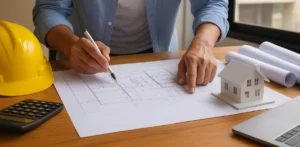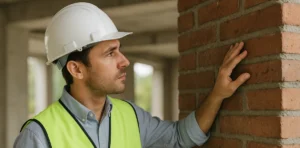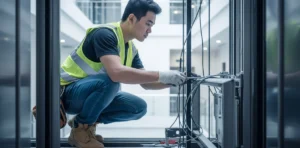Table of Contents
- Which buildings must pass the ITE?
- What does the technical inspection consist of?
- What happens if you fail the ITE?
- Who should pay the ITE?
- Aid available for the ITE
- Documentation and deadlines for submitting the ITE
- ITE vs IEE: Are they the same?
- Conclusion: Complying with the ITE is an investment in safety
- Frequently Asked Questions (FAQ)
- Looking for an expert architect in ITE in Barcelona?
- Do you need to pass the ITE? Request a free quote.
The Technical Building Inspection (ITE) is a mandatory process in Spain that ensures the good state of repair of buildings. For more than a decade, this inspection has become a fundamental tool for guaranteeing the structural safety, health, and habitability of buildings, especially in urban areas.
In simple terms, if you're wondering what is the ITE, it's a periodic inspection required by local authorities, which the owners of certain properties must comply with depending on the age and characteristics of the building.
This mechanism seeks to prevent risks to people and prevent the deterioration of cities' real estate assets. Although regulations may vary slightly between autonomous communities, the general objective is the same: to keep buildings in optimal condition for their occupants and the environment.
Which buildings must pass the ITE?
One of the most frequently asked questions is who is required to pass the ITE. Generally, all residential buildings over 50 years old are subject to this requirement. However, there are important nuances:
Common cases that must pass the ITE:
- Residential buildings over 50 years old.
- Properties seeking public assistance for renovation.
- Buildings included in the municipal protection catalogue.
- Buildings that have been expressly requested by the city council.
Autonomous Communities with specific deadlines
Each autonomous community may have specific requirements regarding deadlines and frequency. For example, in Madrid, buildings must pass their first ITE after 30 years, while in other regions it may be 50 years.
It is the responsibility of property owners or homeowners associations to be aware of these deadlines to avoid incurring penalties.
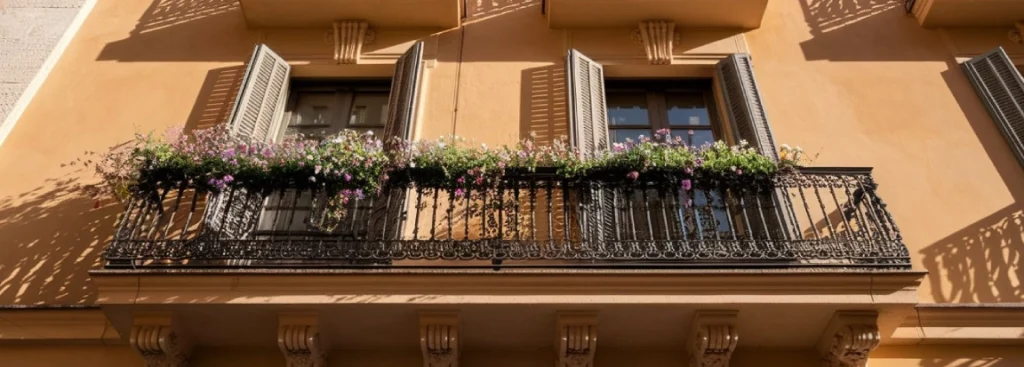
What does the technical inspection consist of?
The ITE is not a superficial inspection. It involves a detailed visual inspection carried out by a competent technician (usually an architect or quantity surveyor), who assesses:
- The state of conservation of the facade, roof and structure.
- The stability of the building.
- Safety and health conditions.
- Common facilities (electricity, plumbing, etc.).
- Elements that may affect the accessibility or safety of people.
After the inspection, a report is issued which may be:
- Favorable: The building meets the requirements and does not require intervention.
- Unfavorable: Deficiencies are detected that must be corrected within a specified period.
What happens if you fail the ITE?
Ignoring this obligation can have serious consequences. Penalties for failing the ITE include:
- Significant fines (up to 6,000 euros depending on the municipality).
- Inability to carry out certain administrative procedures, such as selling or renting the property.
- Inclusion in records of buildings in poor condition.
In extreme cases, when serious structural defects are detected, the city council may order urgent rehabilitation or even eviction.
Who should pay the ITE?
The financial responsibility falls on the building owners or the community of owners. The cost of the inspection varies depending on the size of the property, its location, and the professional hired, but ranges from €300 to €1,000.
If the report is unfavorable, the owners will also be responsible for the repair costs, which can be partially financed with public aid.
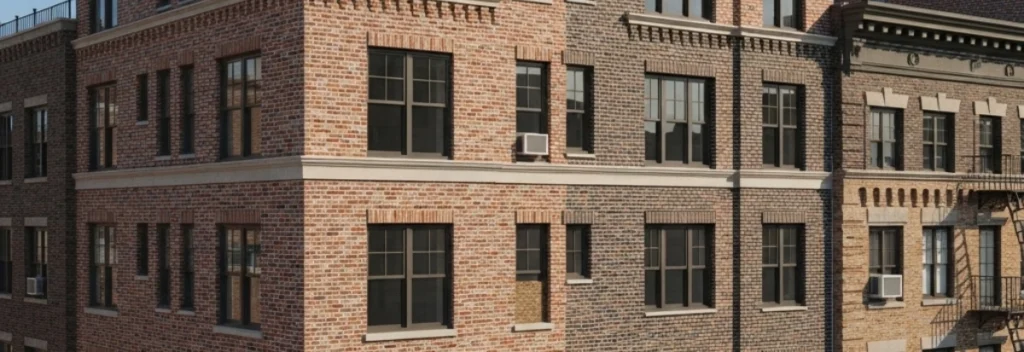
Aid available for the ITE
There are subsidies at both the regional and national levels to help cover the costs of inspections or necessary renovation work. These grants can cover up to 75% of the cost in some cases, especially when improving the building's energy efficiency or accessibility.
Documentation and deadlines for submitting the ITE
Once the inspection is completed, the report must be submitted to the corresponding city council within the stipulated deadline. In many cases, online processing is possible through digital platforms, which streamlines the process.
ITE vs IEE: Are they the same?
Not exactly. Although they share objectives, the Building Assessment Report (IEE) is more comprehensive and includes additional aspects such as accessibility and energy efficiency. In some cases, it replaces the ITE if the requirements are met.
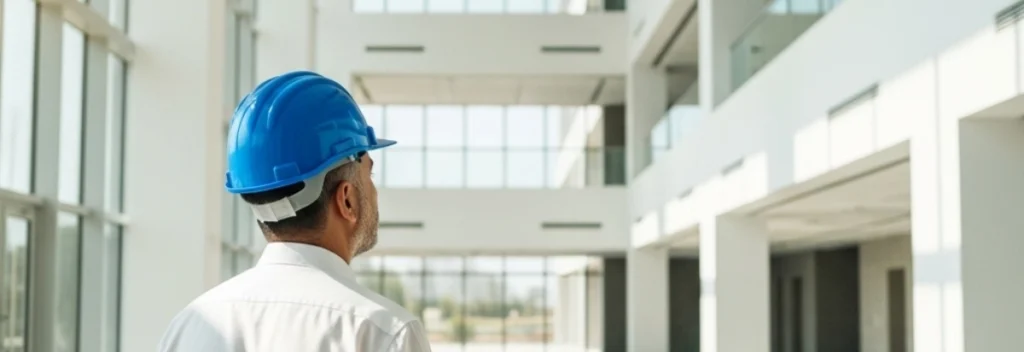
Conclusion: Complying with the ITE is an investment in safety
In short, knowing what the ITE is and understanding who is required to pass the ITE is essential for any homeowner in Spain. Complying with this legal obligation not only prevents penalties but also guarantees the safety and quality of life of the building's inhabitants.
❓ Frequently Asked Questions (FAQ)
1. How often is the ITE passed?
Generally every 10 years after the first inspection, but this may vary depending on the autonomous community.
2. Is the ITE mandatory for single-family homes?
In some municipalities, yes, especially if they are attached or part of a complex.
3. Can I sell my apartment if I haven't passed the ITE?
No, it is mandatory to have a favorable or pending report to complete the sale.
4. Which technician can perform the ITE?
A certified architect, surveyor, or technical engineer with experience in buildings.
5. How much does an ITE cost?
Between 300 and 1000 euros, depending on the size and location of the building.
6. What do I do if the ITE is unfavorable?
You must carry out the indicated works and request a second inspection within the specified period.
🔗 Click on the following link: If you want more information about the ITE.
🔗 Looking for an expert architect in ITE in Barcelona?
Check out all of our architecture services in Barcelona and discover how we can help you pass the ITE without complications.
✅ Do you need to pass the ITE? Request a free quote.
At Puig de Ayguavives Arquitectura, we have extensive experience in Technical Building Inspections in Barcelona. We assess your building, process the report, and advise you throughout the entire process to ensure you comply with regulations and keep your property in perfect condition.
💬 Request your personalized quote now and secure the future of your building with trusted professionals.

